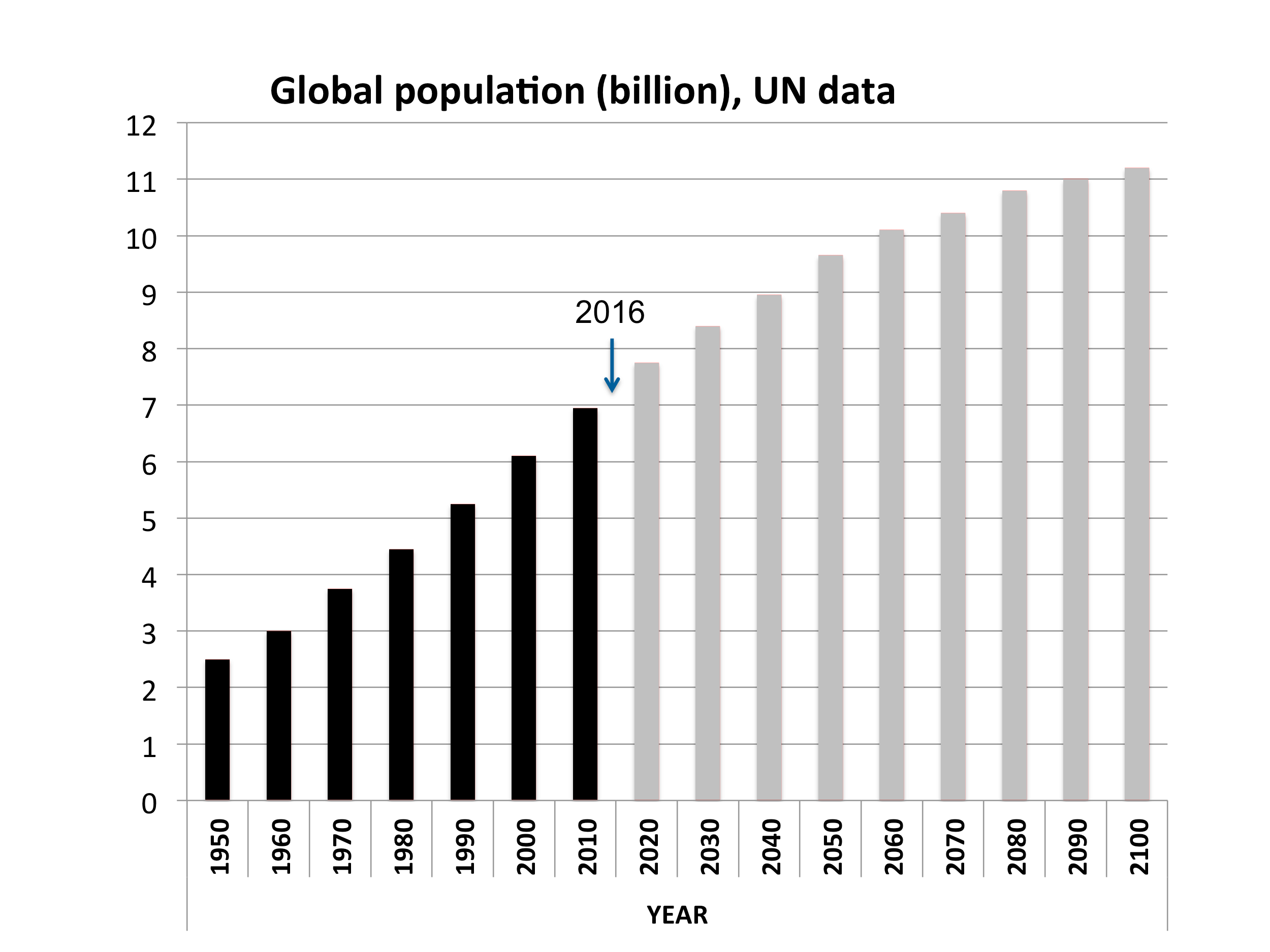Simple fact: Our cities are growing quicker than we can cope.
There’s no longer just the city – there’s now the megacity.
Officially, a city reaches mega-status when their population exceeds 10 million. There are currently 40 megacities across the globe, yes, 40 cities with over 10m people each, 22 of these are in Asia.
Right now, the largest megacity in the world is Tokyo, with 37 million residents occupying the entire metropolitan area. Other cities are quickly catching up, Shanghai (26 million), New Delhi (32 million), and Mexico City (22 million) are some of the fastest growing cities in the world currently, and could be primed to take Tokyo’s top spot in the coming years. There is a budding list of megacity hopefuls too; 8 cities are expected to reach mega status by 2030, 7 of these also being in Asia.
The underdog to watch out for, however, is Lagos. The Nigerian capital is expected to grow from 15 million to a shocking 88 million residents by 2100, becoming the most populated city in the world.

As urbanisation and city populations rapidly increase, there is going to be significant strain placed on people, governments, and resources. At the top of the list, Tokyo is no stranger to these issues. One of the city’s most pressing problems right now is its ageing population. Japan’s current life expectancy is 84 years, one of the highest in the world. This is nearly 10 years older than people were living 30 years ago and the UN predicts that by 2100, it could have rocketed up to 93 years. Birth rates are also declining, so Japan is now faced with a rapidly ageing population, one which will require more care and resources.
Managing the logistics of an ageing population in megacities is far from the biggest issue. There’s also the factor of the megacity’s carbon footprint, the numbers of which are staggering. Shanghai is pumping out 200 million tonnes in emissions per year, the equivalent of the whole of Argentina. Even Lagos with only 15 million residents, small fry compared to the likes of Tokyo and Shanghai, emits 26 million tonnes of carbon each year, more than the whole of Bosnia and Herzegovina emits.
Not only does the carbon output of the megacity contribute significantly to rising Earth temperatures and the climate crisis, it also directly affects the quality of life of its citizens. Research by the World Bank estimates that 30,000 people died in Lagos in 2020 as a result of air pollution. In May 2022, Lagos, along with nine other African cities, signed the C40 Clean Air Cities Declaration to improve the steadily declining air quality amongst cities in the continent.
In other megacities, too, air pollution is a growing concern. In New Delhi, India’s capital, 57,000 people were estimated to have died prematurely as a result of air pollution in 2020, and the country-wide death toll is approximately 670,000 deaths every year. Jakarta, Indonesia (population: 10 million) also sees considerable death rates due to air pollution. Currently the city sees 3,700 deaths resulting from long-term exposure to its dirty air per year.
25 megacities across the globe have now pledged carbon neutrality by 2050, an effort to keep global temperatures below a 1.5C rise in accordance with the Paris Agreement made in 2015. Numerous city-wide initiatives are being implemented to make sure this pledge comes to fruition. In London (which, with a population of 8 million, is on its way to becoming a megacity) there has been the implementation of the Ultra Low Emission Zone (ULEZ). The ULEZ charges £12.50 fee for strong polluting vehicles and the ULEZ zone is set to expand to 18-times its current size in central London. In Bogota (7 million population), 75 miles of streets have now been made vehicle free, and the city is encouraging people to cycle to lower the carbon emitted from transport.
However, as we already know, transport isn’t the whole story, as buildings are responsible for over a third of the globe’s overall carbon emissions. As much as clean transport initiatives are important, it’s vital that the buildings and commercial real estate industries are given the same, if not more, focus.

The UN estimates that the world’s population will have grown by 2 billion people by 2050, reaching a staggering 9.7 billion. Cities are growing, and more buildings are going to have to be built to accommodate for increasing populations. At the end of the day, it’s up to governments to start implementing stricter building regulations, and for building managers to take the initiative to make sustainable decisions where lawmakers won’t.
Renewable energy solutions, smart building management, and energy efficiency are some of the most vital ways to beat the strain on the climate that comes with ever-growing cities. If we continue to turn a blind eye to sustainability and how our infrastructure negatively impacts the climate, the megacities of tomorrow will be filled with people who are miserable, sick, and dying.
It’s time to stop building on greed.

Share your thoughts
No Comments
Sorry, the comment form is closed at this time.